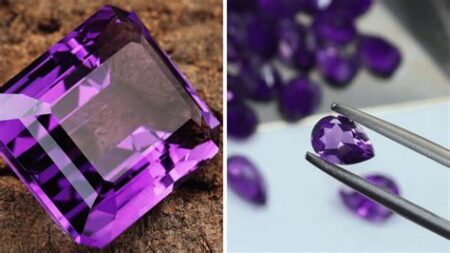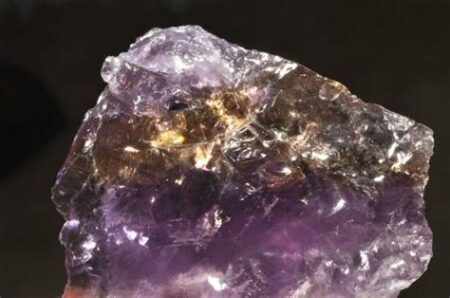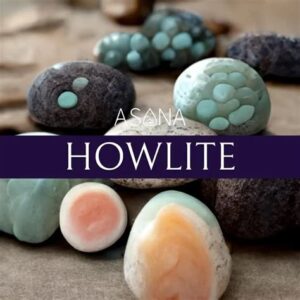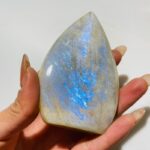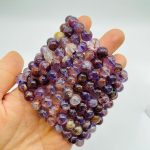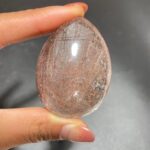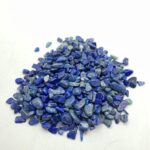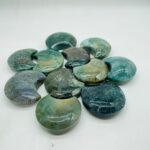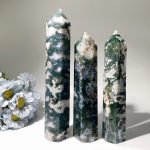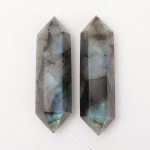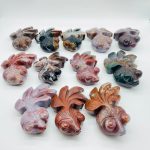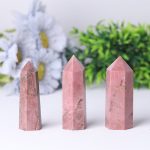Quartz, the second most abundant mineral on Earth, captivates us with its stunning beauty and diverse properties. From shimmering countertops to groundbreaking technological advancements, this versatile stone holds a wealth of fascinating facts that will leave you mesmerized.
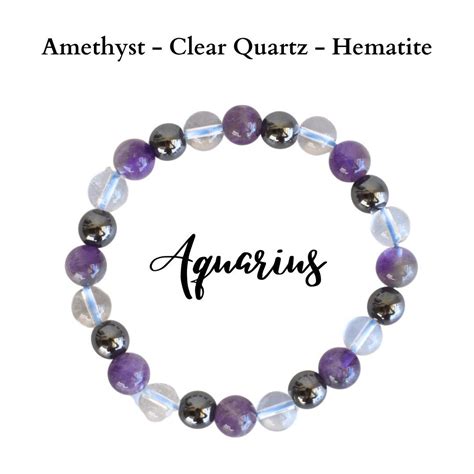
Origin and Composition
- Quartz is a naturally occurring mineral composed primarily of silicon and oxygen atoms arranged in a regular tetrahedral structure.
- It forms under high temperatures and pressures within Earth’s crust or upper mantle.
- Quartz is the most common mineral in continental crust, constituting about 12% of its volume.
- Despite its abundance, pure, gem-quality quartz is relatively rare and highly sought after.
Varieties and Colors
- Quartz exhibits a wide range of varieties, including amethyst, citrine, rose quartz, milky quartz, and smoky quartz.
- The color variations arise from trace impurities or structural defects within the quartz crystal lattice.
- Amethyst, the purple variety, is the most famous and valuable type of quartz, commonly used in jewelry and decorative objects.
Physical Properties
- Quartz is renowned for its exceptional hardness, ranking 7 on the Mohs scale of mineral hardness.
- As a result, it resists scratching and abrasion, making it ideal for use in countertops, flooring, and other durable applications.
- Quartz is also relatively inert and resistant to chemicals, making it suitable for use in laboratory and industrial settings.
Optical Properties
- Quartz exhibits excellent optical properties, including birefringence, which is the ability to split light into two polarized rays.
- This property makes quartz valuable for use in optical instruments, such as prisms, lenses, and polarizing filters.
- Quartz also has a high refractive index, which gives it a characteristic glassy luster.
Piezoelectric and Pyroelectric Effects
- Quartz possesses piezoelectric and pyroelectric properties, meaning it can generate an electrical charge when subjected to mechanical stress or temperature changes, respectively.
- These properties find application in various electronic devices, such as quartz watches, pressure sensors, and infrared detectors.
Technological Applications
- Quartz is a vital material in a multitude of technological applications.
- It is used as a substrate for computer chips due to its excellent electrical insulation and thermal conductivity.
- Quartz fibers are employed in fiber optic cables for high-speed data transmission.
- Quartz is also crucial in optics for prisms, lenses, and polarizers, enabling a wide range of optical devices.
Health and Metaphysical Beliefs
- Some believe that quartz possesses healing properties and can promote balance and harmony.
- In traditional Chinese medicine, quartz is used to balance the energy flow in the body.
- Metaphysically, quartz is associated with clarity, focus, and spiritual growth.
Unique Applications
- Quartz’s versatility extends to unconventional applications.
- “Quartzification” is a process where sand or soil is injected with a quartz-based solution, creating a solidified material used for construction and ground stabilization.
- Quartz-based coatings are used to protect surfaces from corrosion and abrasion in marine and industrial environments.
Useful Tables
| Quartz Variety | Color | Notable Properties | Applications |
|---|---|---|---|
| Amethyst | Purple | Calming, spiritual growth | Jewelry, decorative objects |
| Citrine | Yellow | Joy, optimism | Jewelry, financial success |
| Rose Quartz | Pink | Love, compassion | Jewelry, self-esteem |
| Milky Quartz | White | Purity, cleansing | Healing, meditation |
| Smoky Quartz | Brown | Grounding, protection | Jewelry, stress relief |
| Quartz Property | Measurement | Importance | Applications |
|---|---|---|---|
| Hardness | 7 Mohs | Scratch resistance | Countertops, flooring, gemstones |
| Refractive Index | 1.544-1.553 | Glassy luster | Optics, lenses, prisms |
| Piezoelectricity | Yes | Electrical charge generation | Quartz watches, pressure sensors |
| Pyroelectricity | Yes | Electrical charge generation with temperature | Infrared detectors, sensors |
Tips and Tricks
- When choosing quartz for countertops, opt for thicker slabs (2-3 cm) for durability.
- Clean quartz surfaces regularly with a mild detergent and a damp cloth.
- Avoid using harsh chemicals or abrasive cleaners on quartz surfaces.
- If your quartz countertop develops a scratch or chip, consult a professional for repair options.
Common Mistakes to Avoid
- Overtightening screws or nuts on quartz countertops can cause cracks.
- Exposing quartz surfaces to extreme heat can lead to thermal shock and damage.
- Using abrasive pads or cleaners on quartz surfaces can scratch or dull the finish.
- Neglecting to seal quartz surfaces regularly can allow liquids to penetrate and stain.
Conclusion
Quartz, a captivating mineral with a myriad of applications, continues to fascinate and inspire us. From its mesmerizing beauty to its groundbreaking technological advancements, quartz is a true testament to the wonders of the natural world. As we delve deeper into its properties and explore new possibilities, the future of quartz applications is bound to be filled with endless possibilities.

